If you think that we’re still decades away from having flying cars traversing the atmosphere, you’ve probably not kept up with the latest news in aviation. While we still probably won’t see any by next year, there are a lot of companies working on testing out their respective technologies when it comes to developing electric flying vehicles. An Austrian startup is looking at letting a demonstrator fly by next year.
Designer: CycloTech
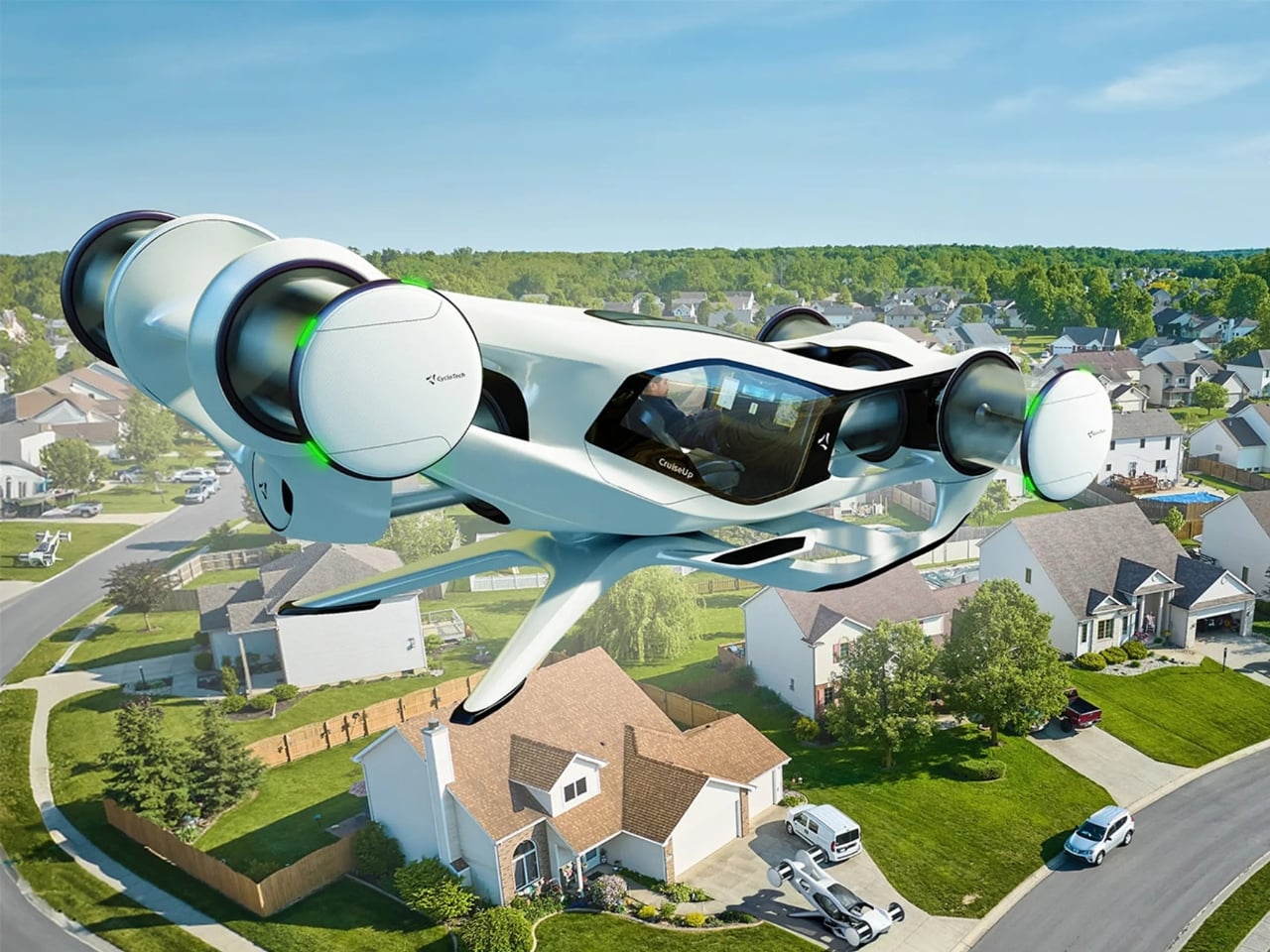
CycloTech is developing the Blackbird demonstrator that will be using a new propulsion system that will hopefully revolutionize how we will be looking at the potential of flying cars. The CycloRotor technology is the only system right now that can control the thrust vector in a full circular path (360°). This means it can brake and stop in mid-air, which will eventually be important when our airspace becomes busy.
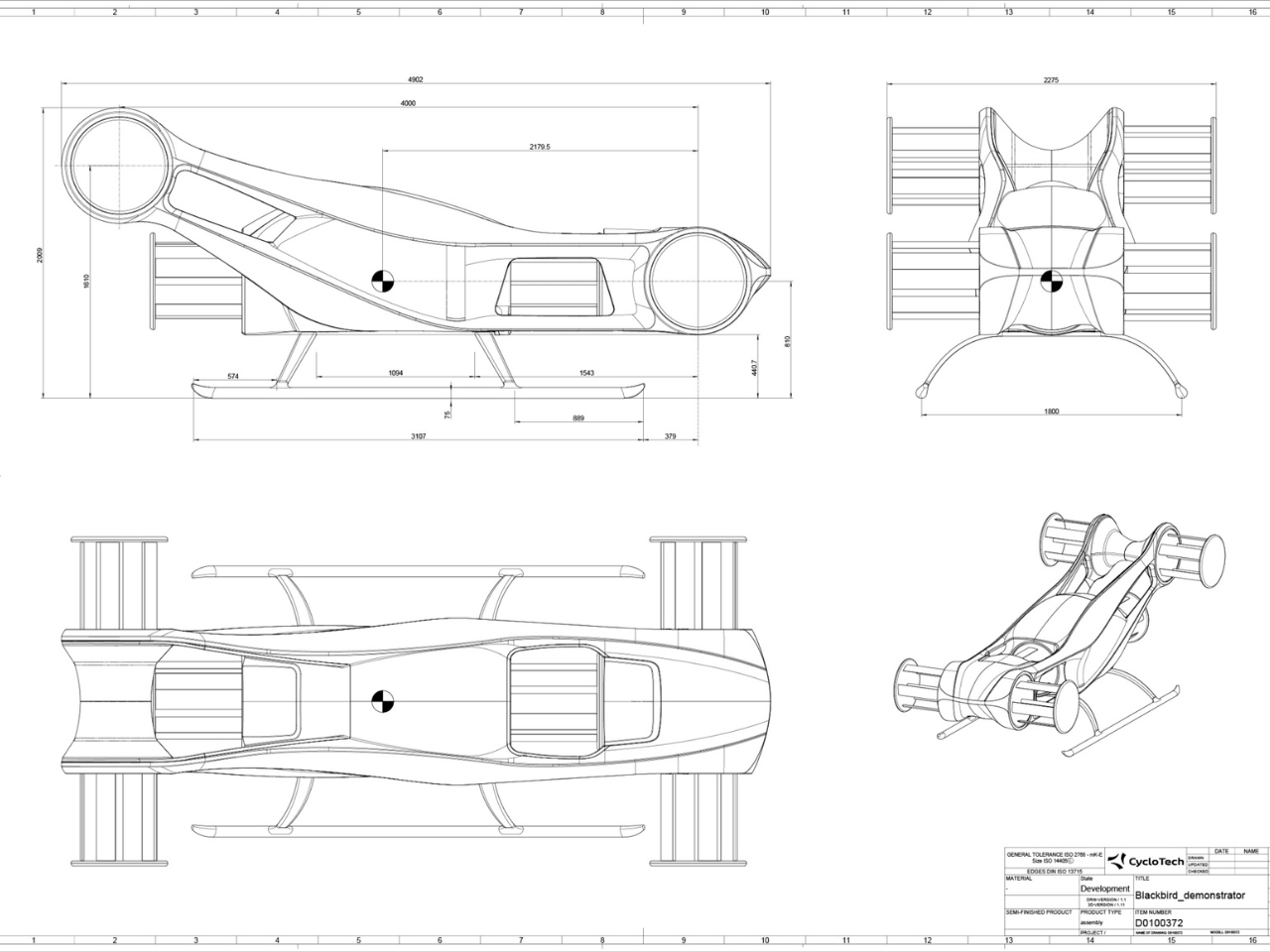
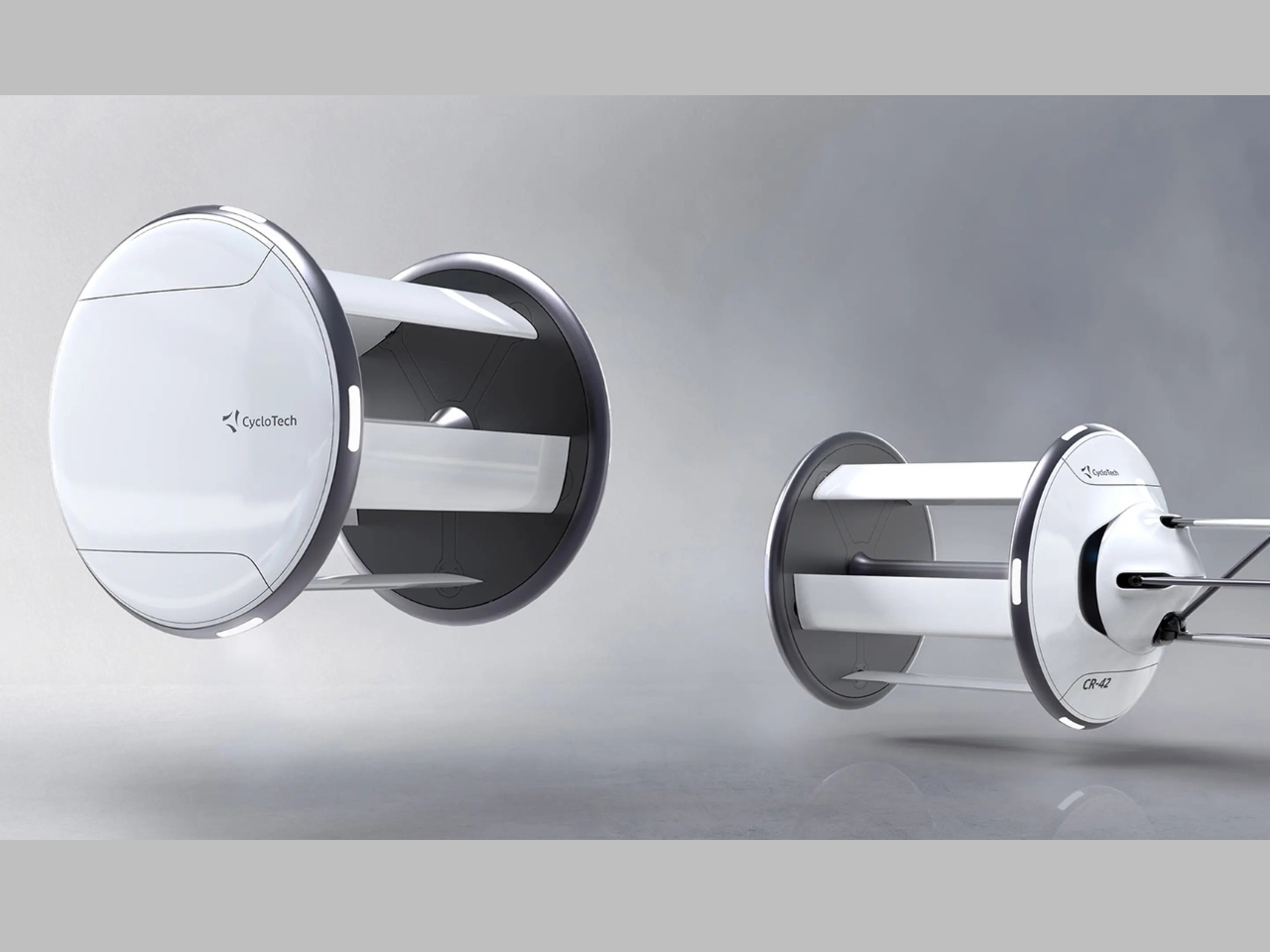
The six 7th generation CycloRotors that will be part of the demonstrator will be able to do vertical take-off and landing and also have control in all directions. It will even be able to do parallel parking and mid-air braking/deceleration. Passengers will be able travel comfortably as the flight path and aircraft orientation will give them a stable flight even if they may encounter turbulence.
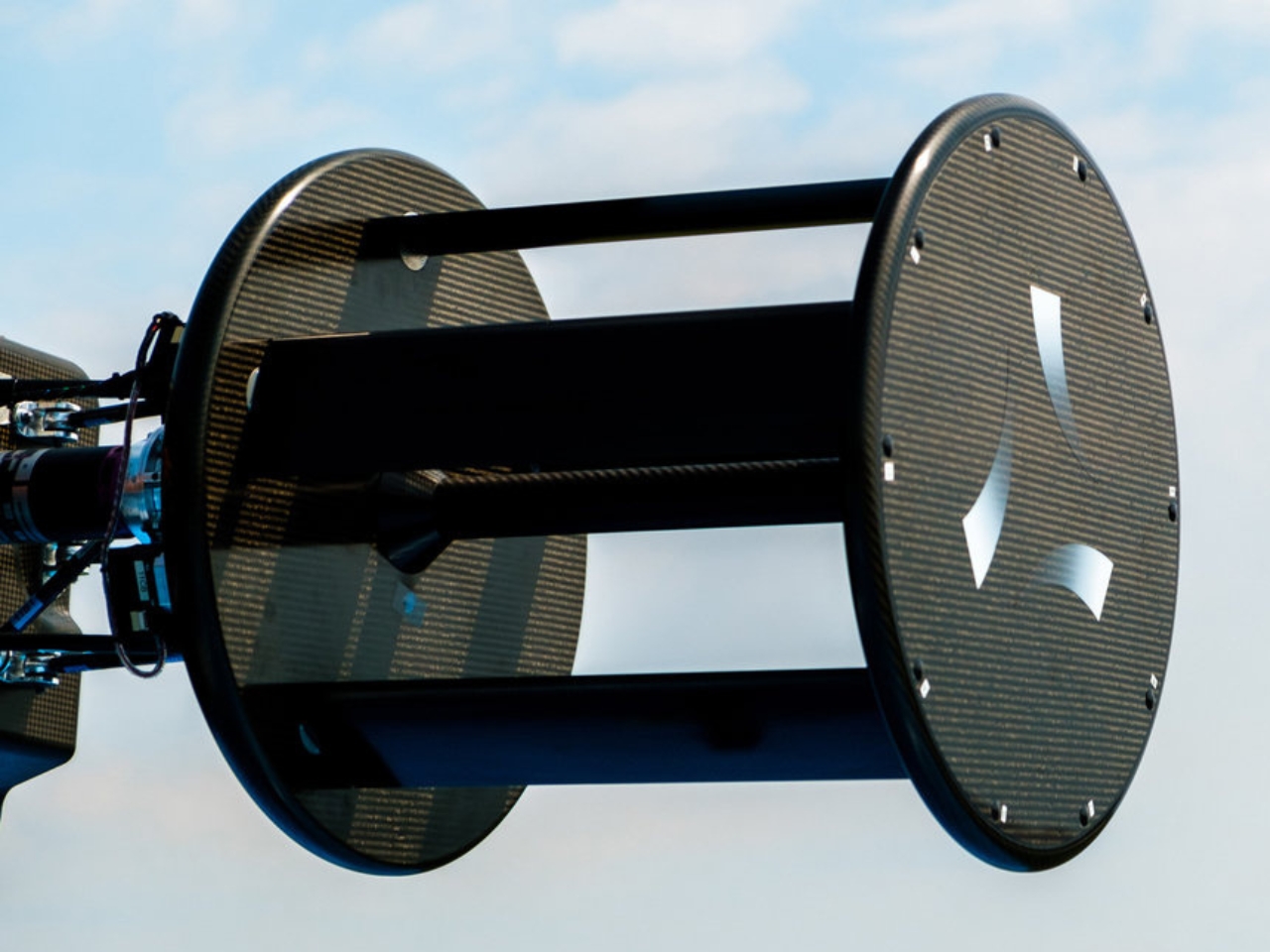
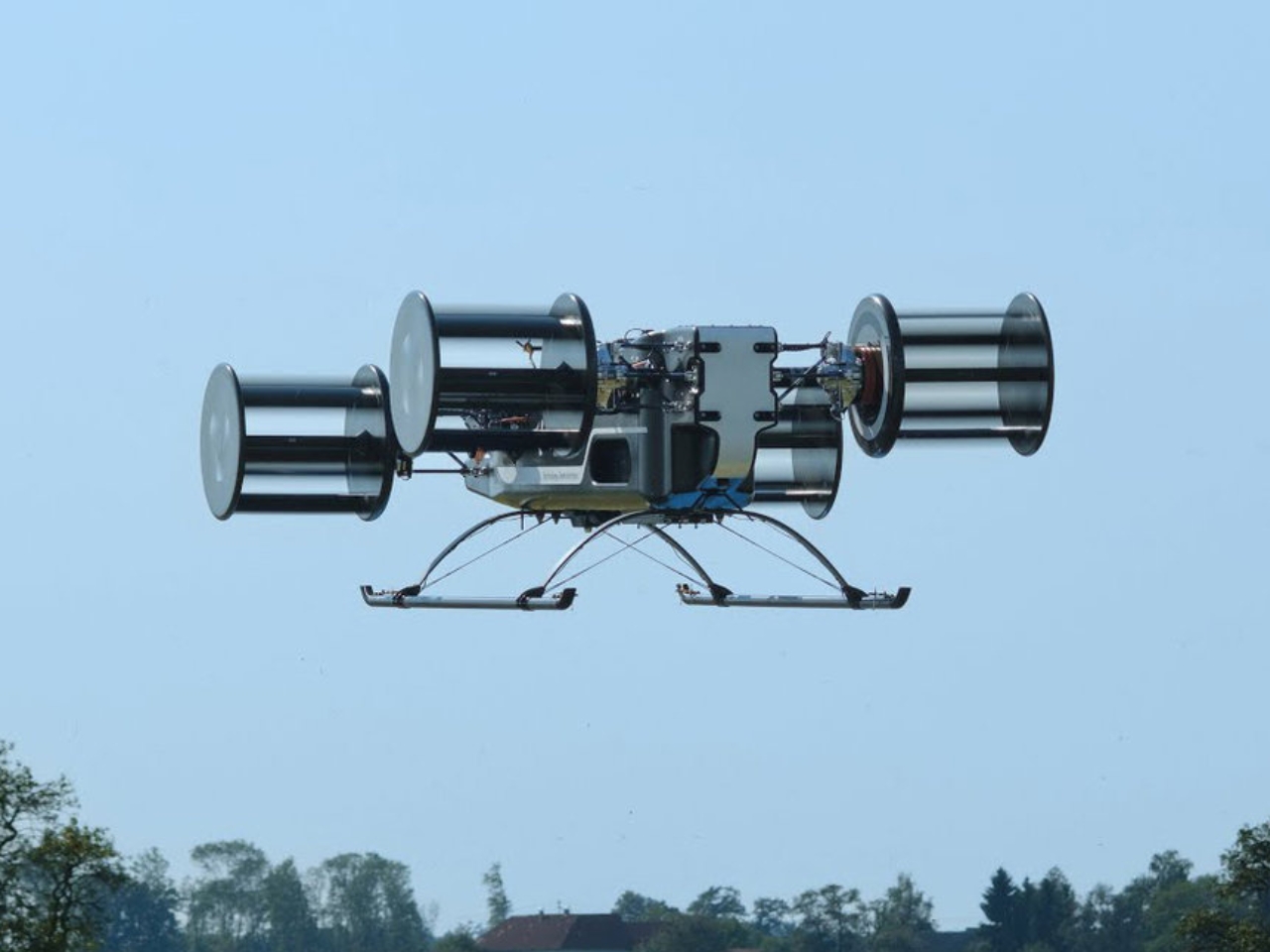
As a nervous flyer, I probably will not be falling in line to try this out when it will become commercially available. There are still a lot of safety issues that they will have to overcome but having six CycloRotors in the flying car may be a step towards safety as it can ensure the vehicle will continue to fly in case there’s an engine failure. They’re already looking at the first quarter of 2025 for the first flight of the electrically powered demonstrator. It looks nothing like what they’re envisioning the eventual flying car to be like though. For now, the demonstrator looks like a drone but eventually we’ll get the Jetsons-like flying cars of our dreams.
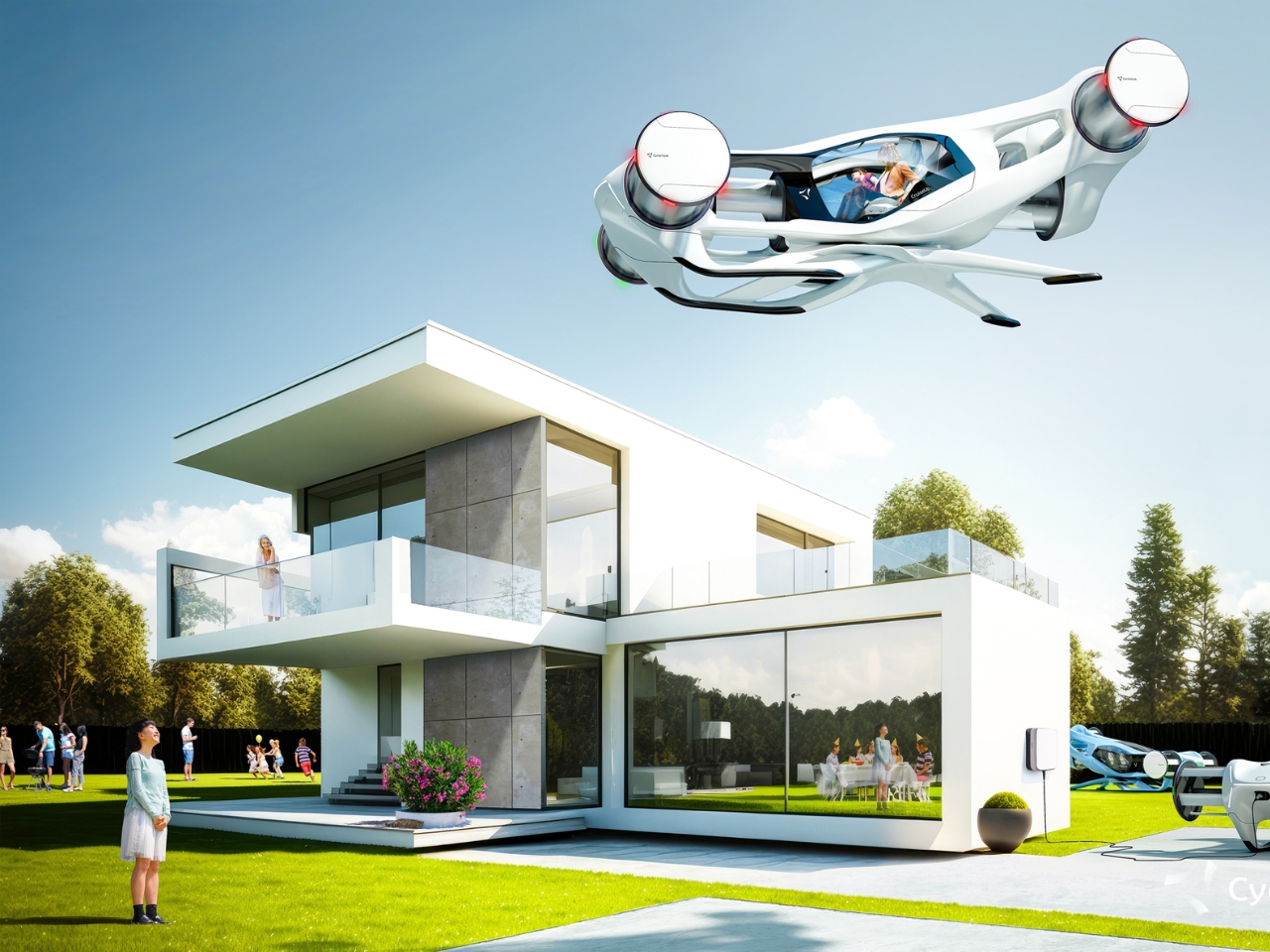
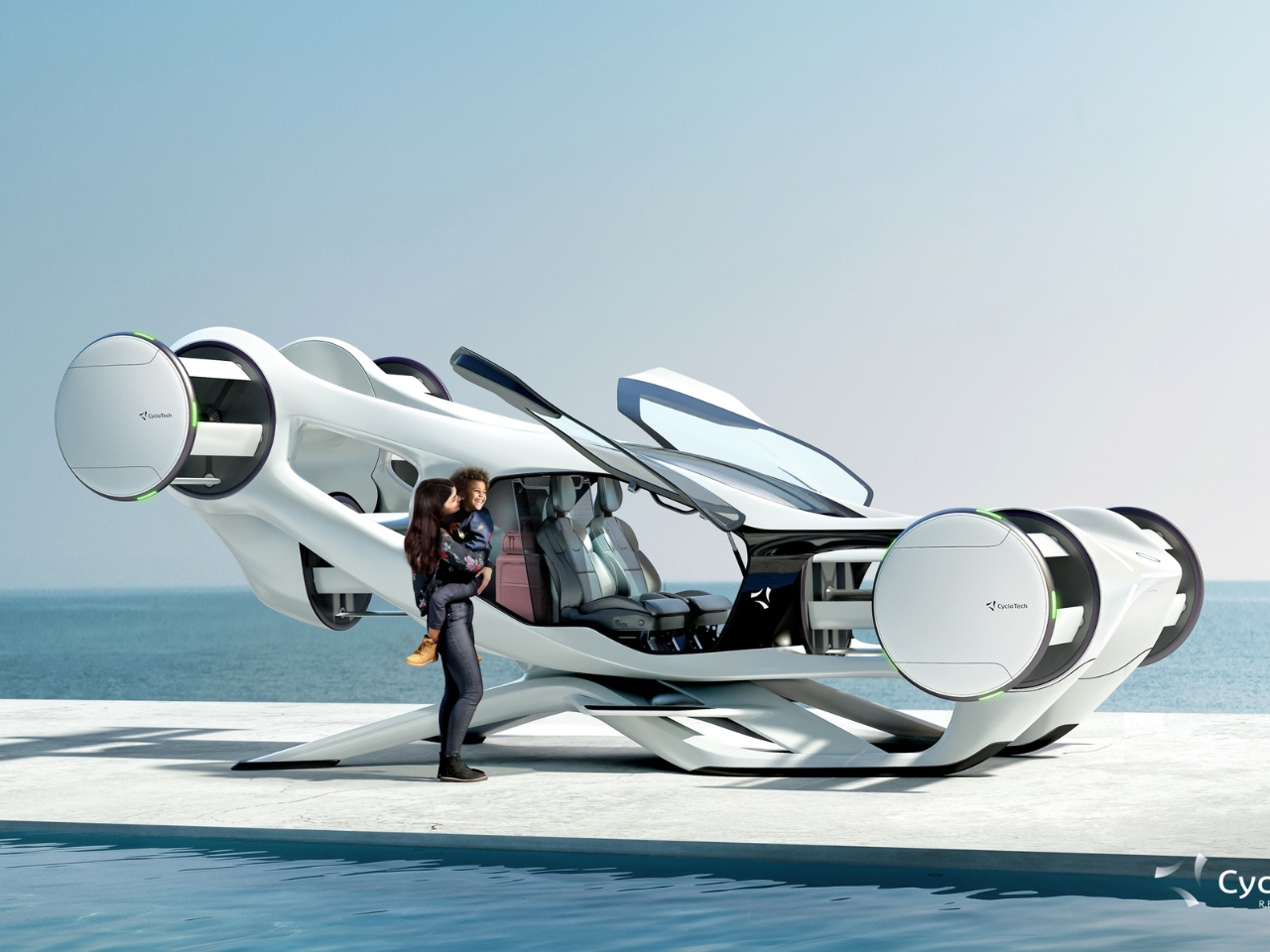
The post Blackird demonstrator may show the future of flying cars first appeared on Yanko Design.
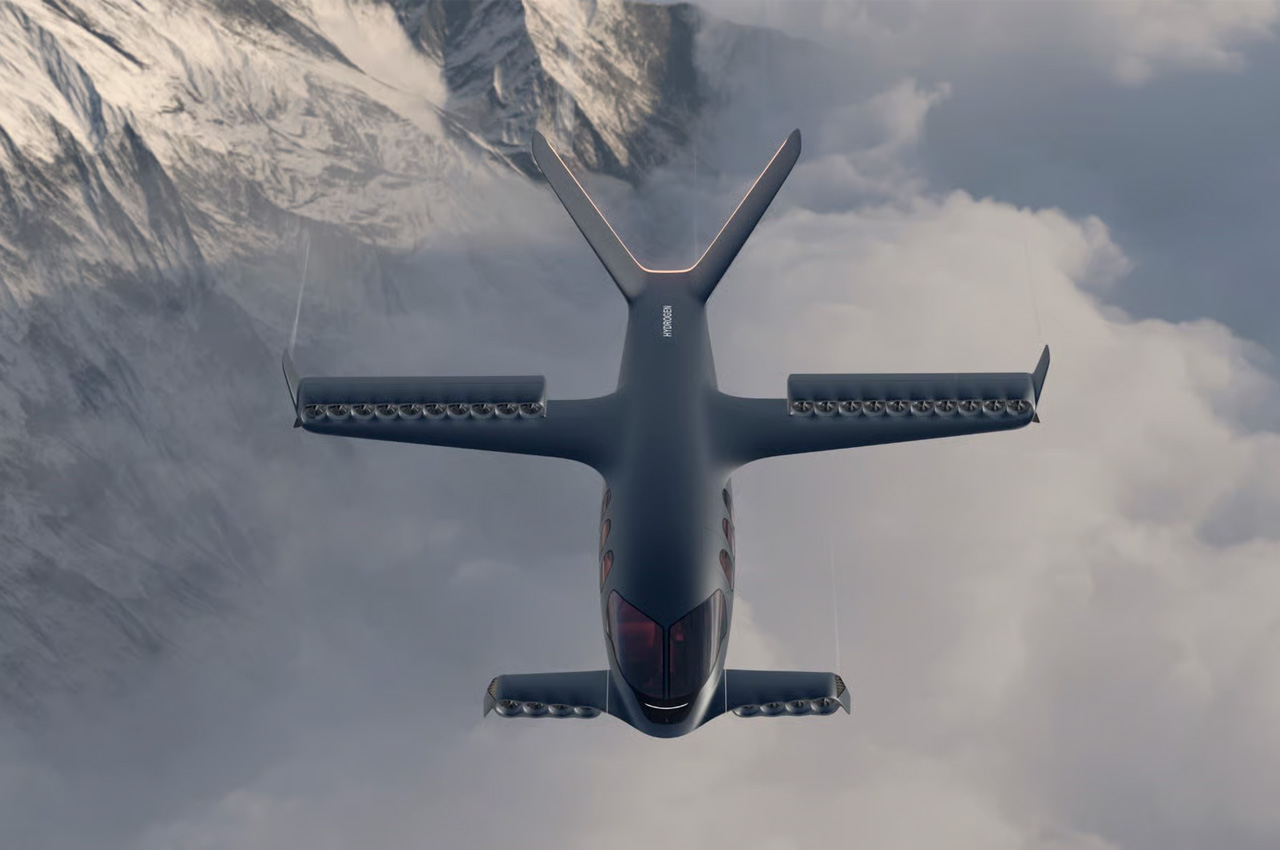
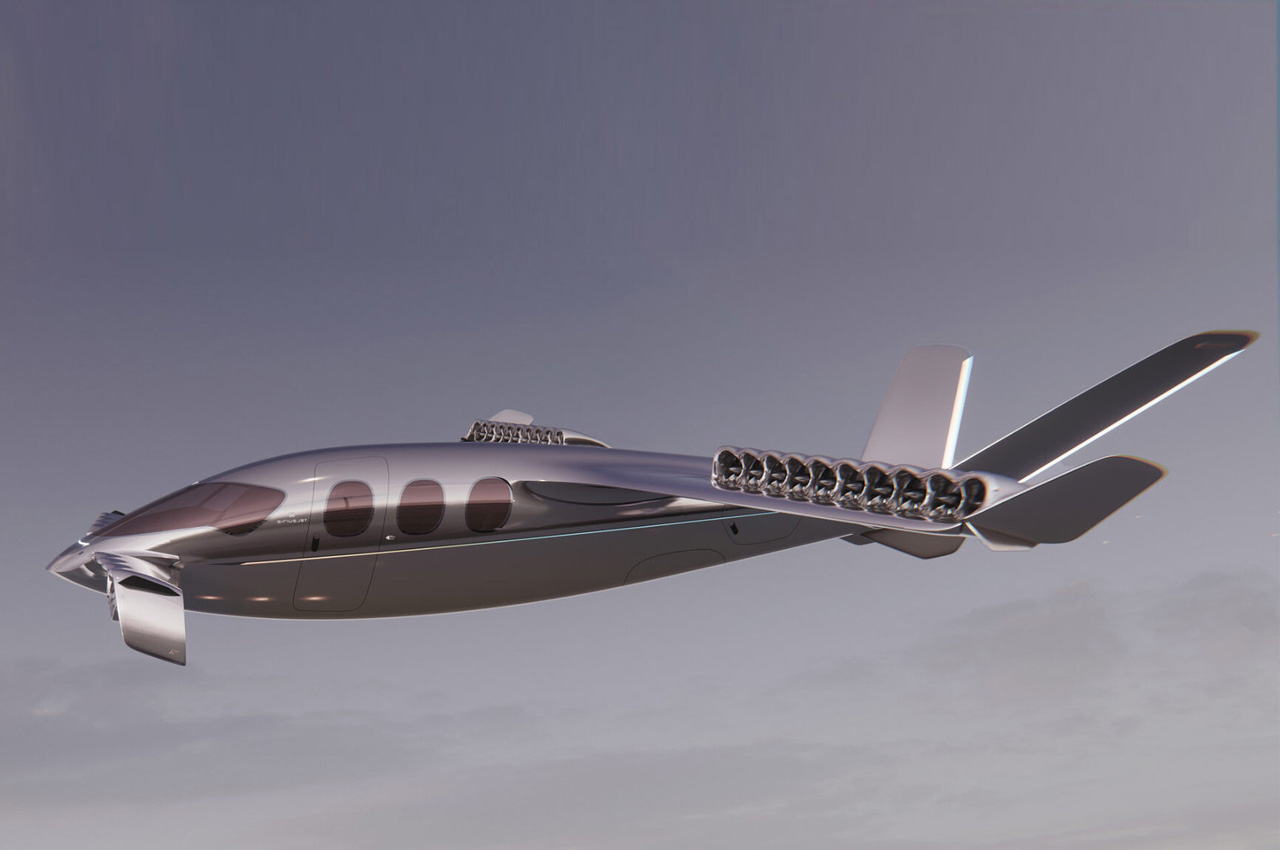
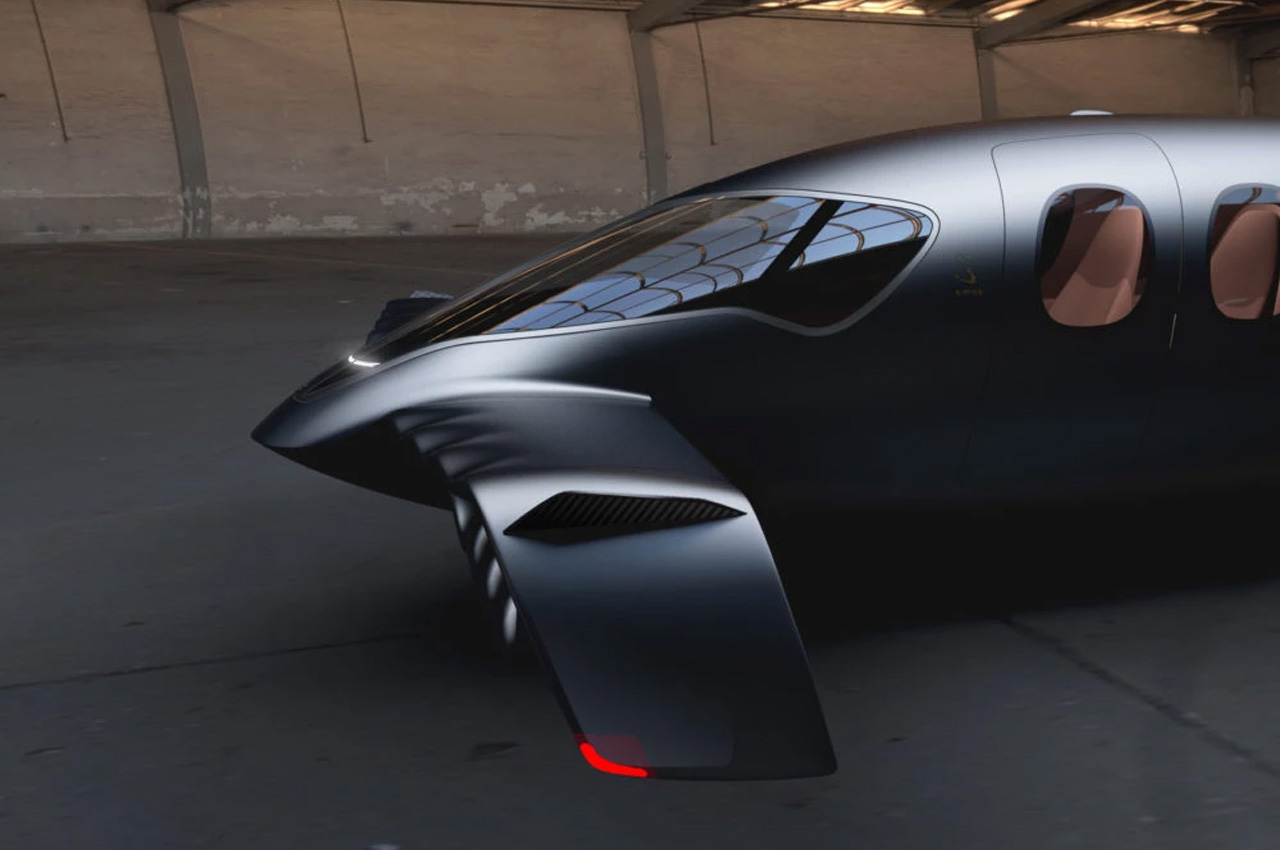
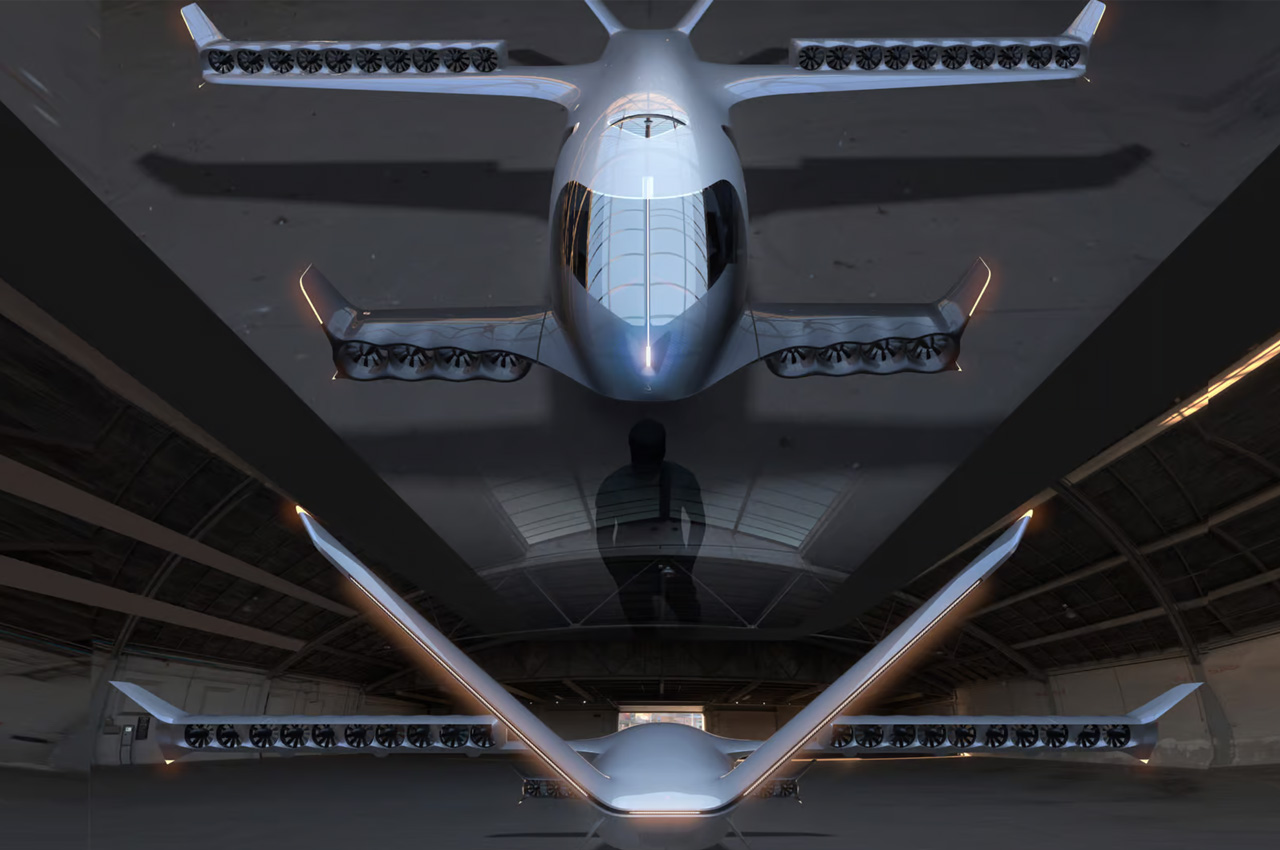
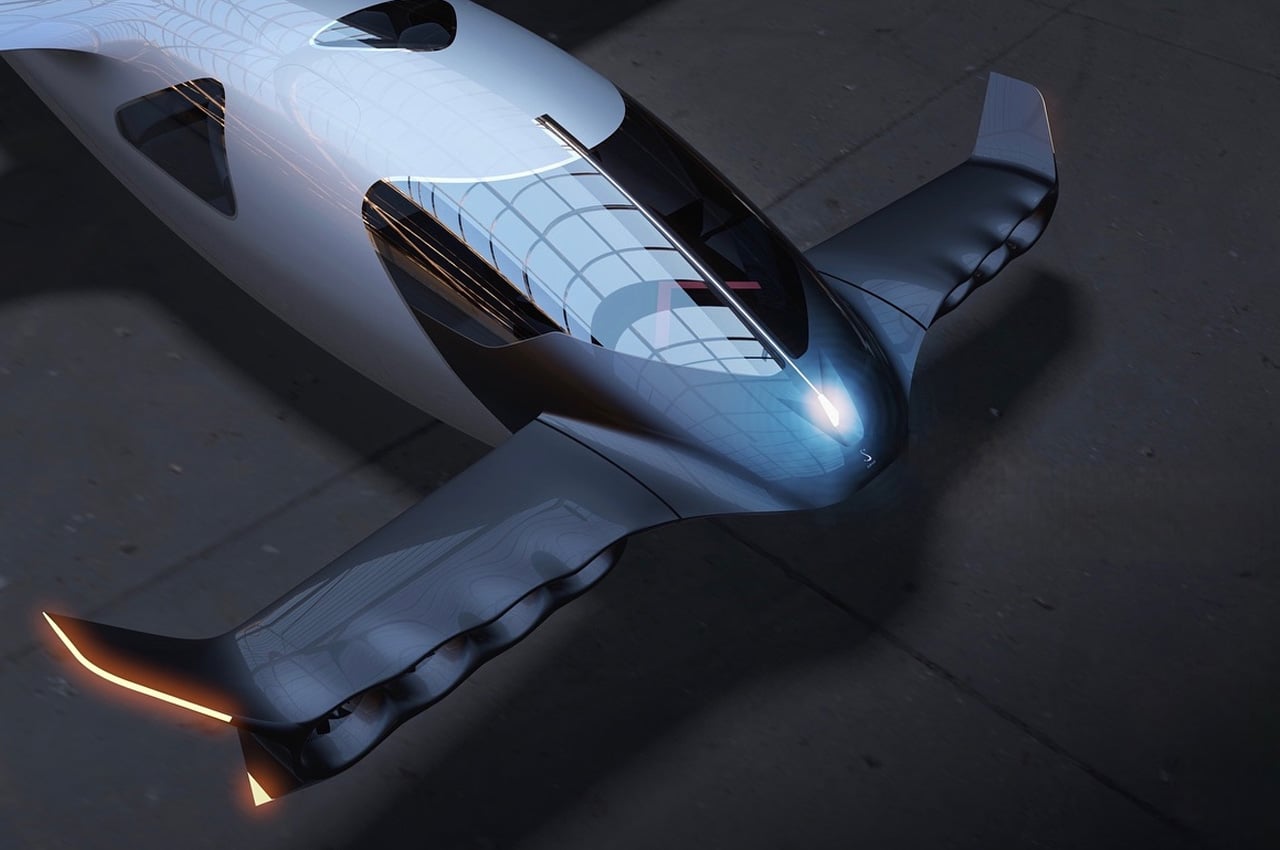
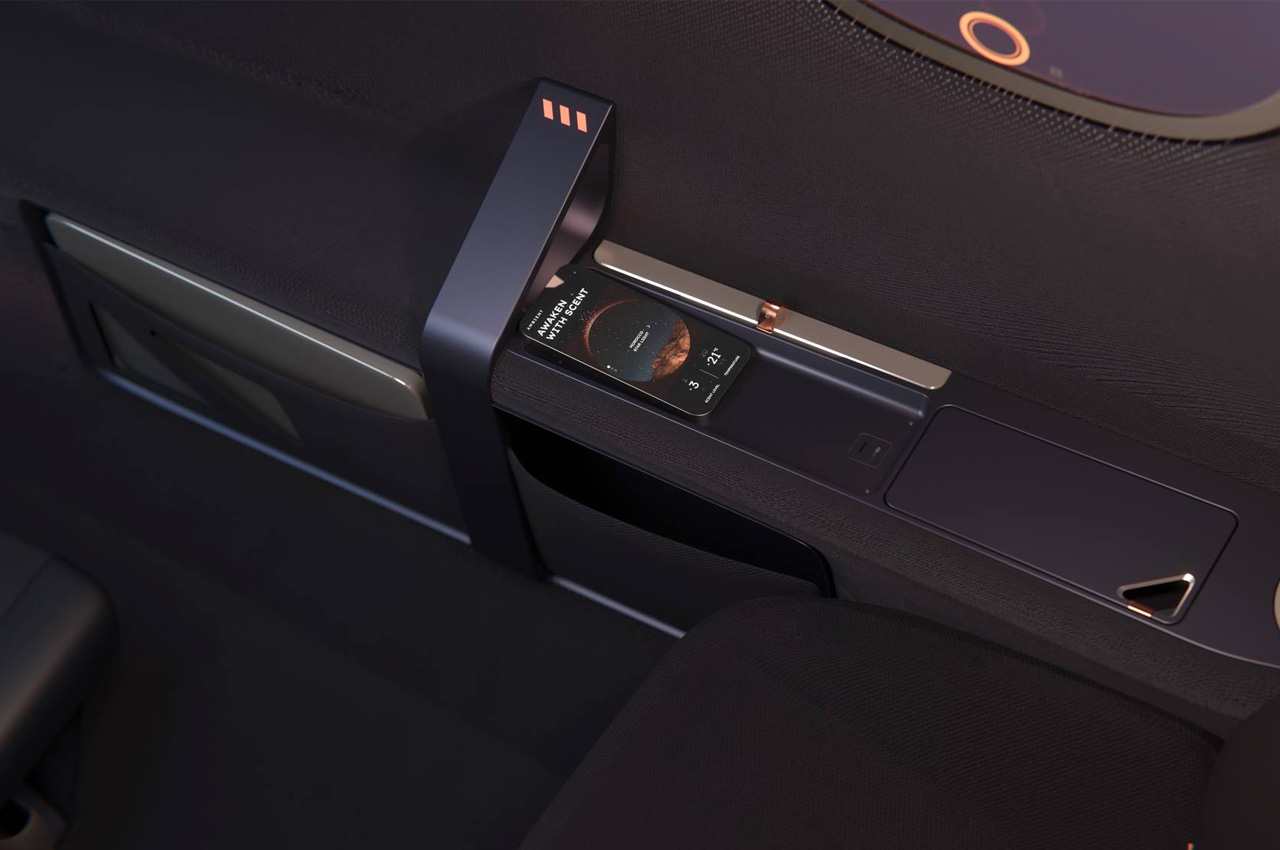
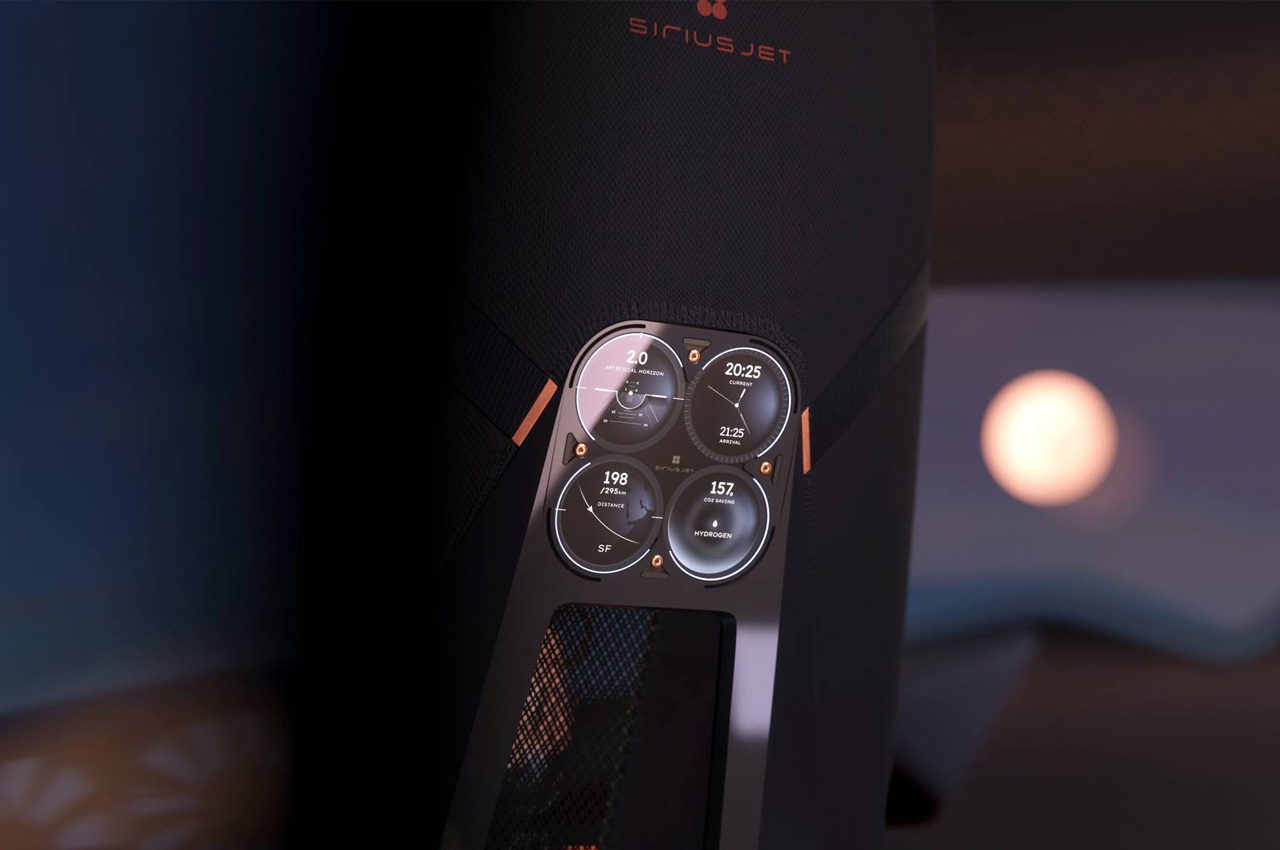
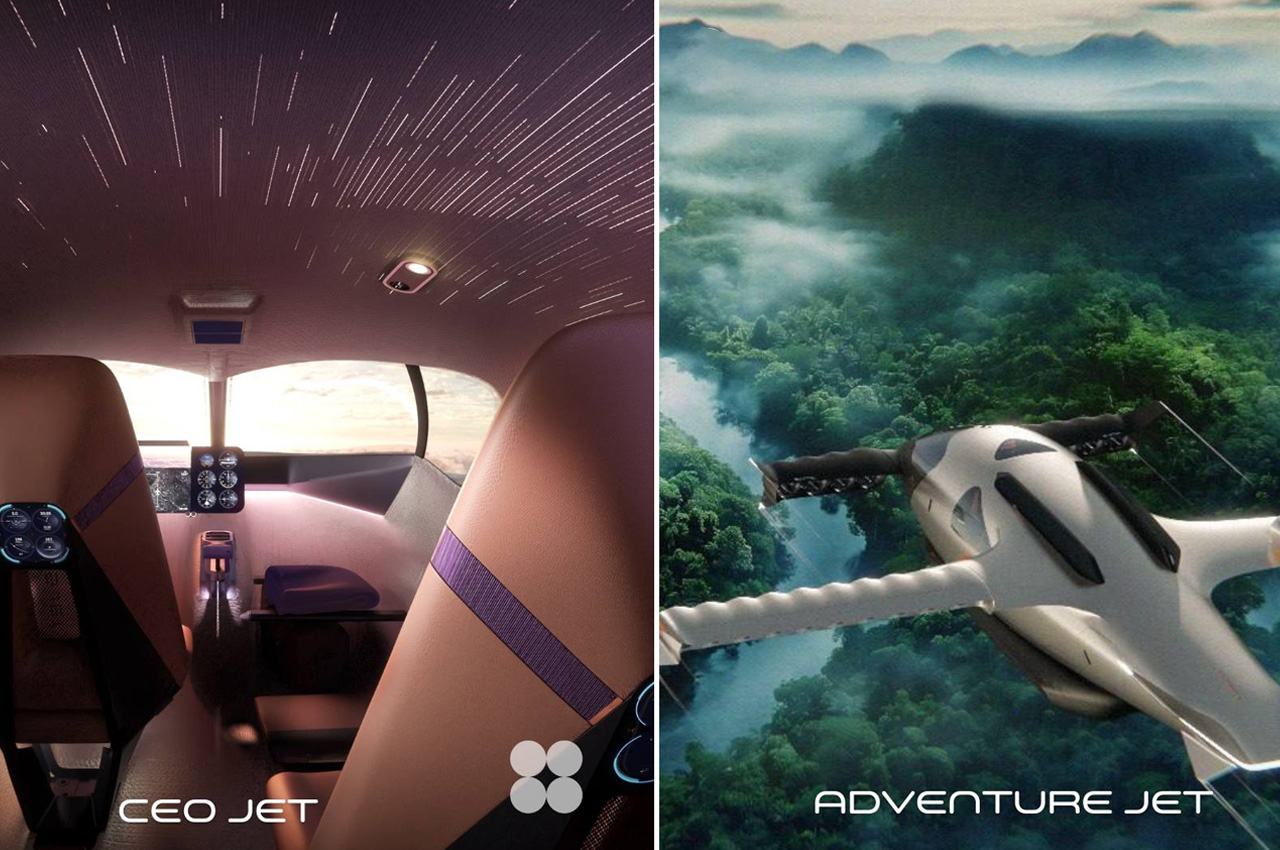
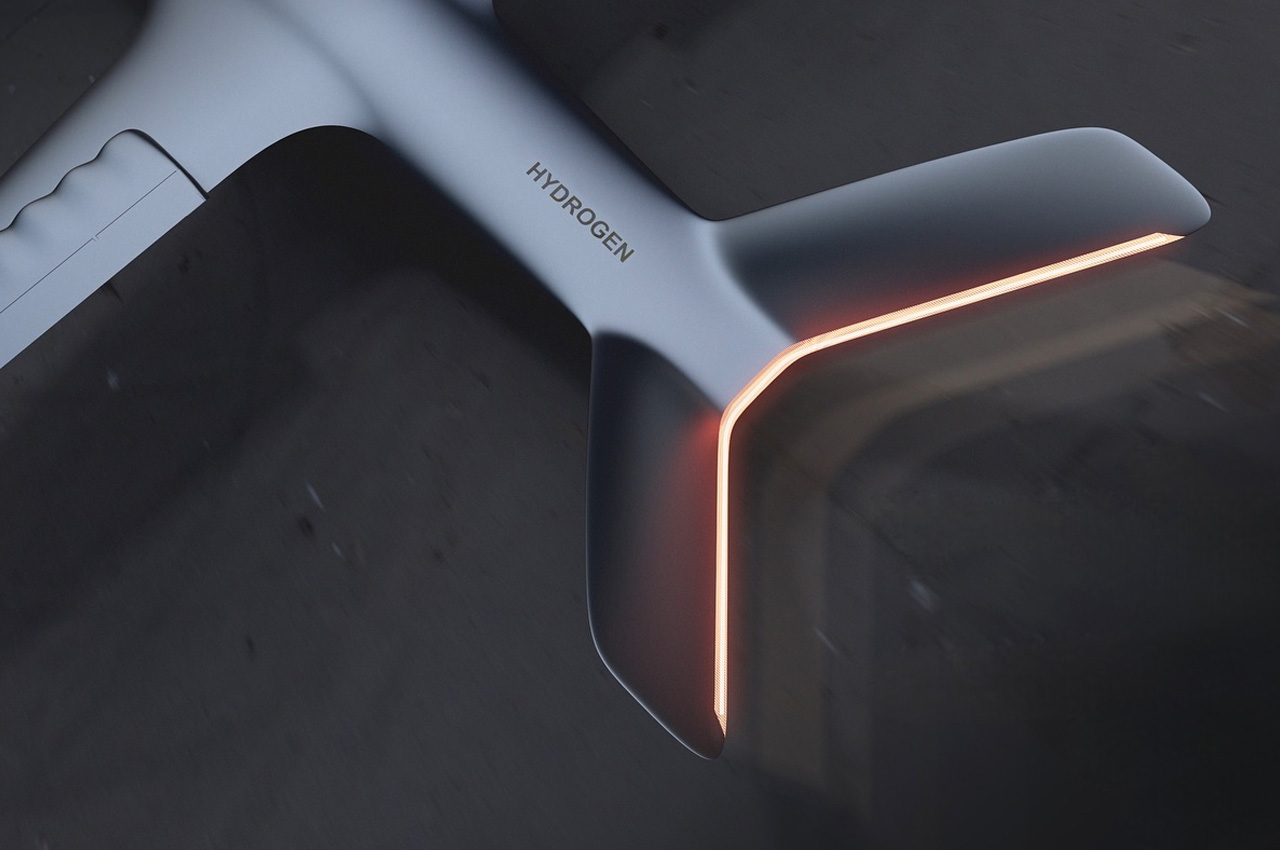
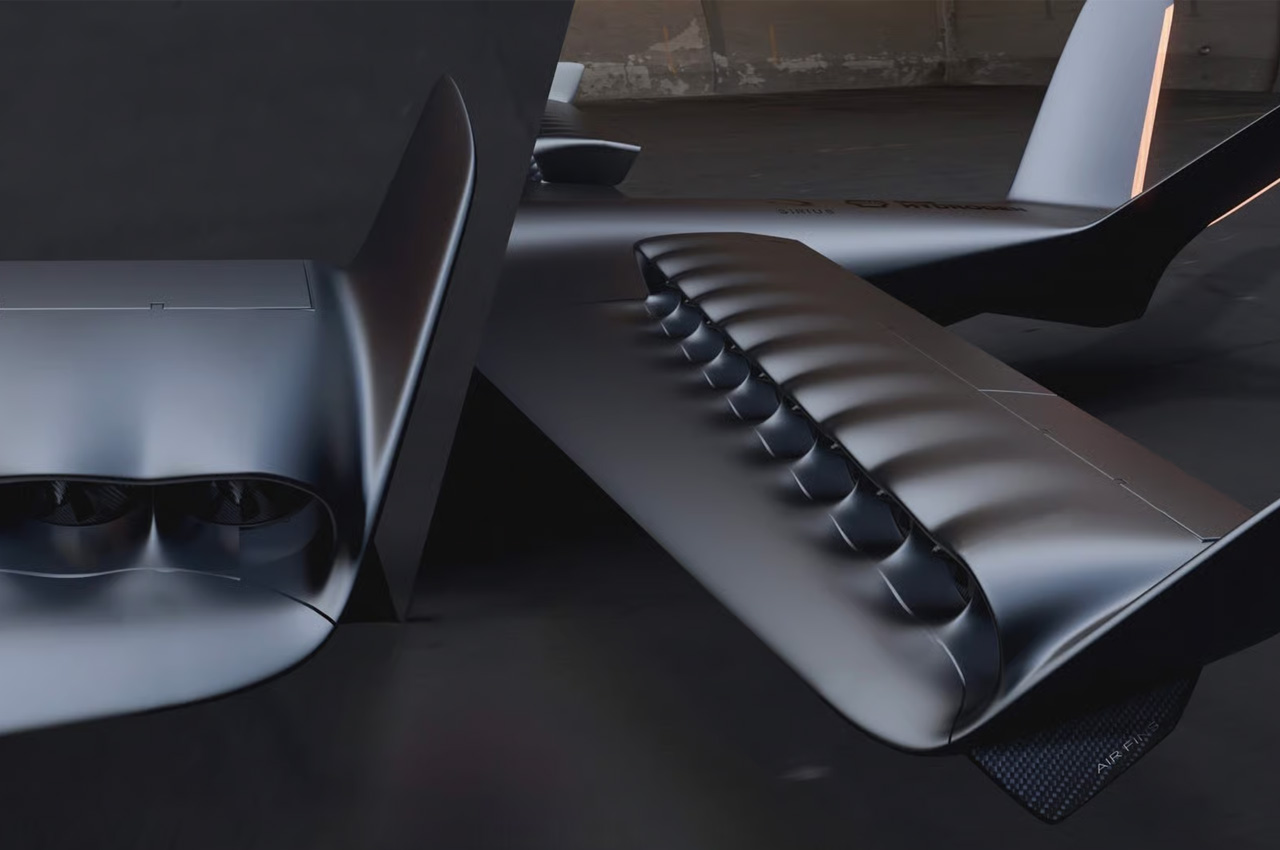
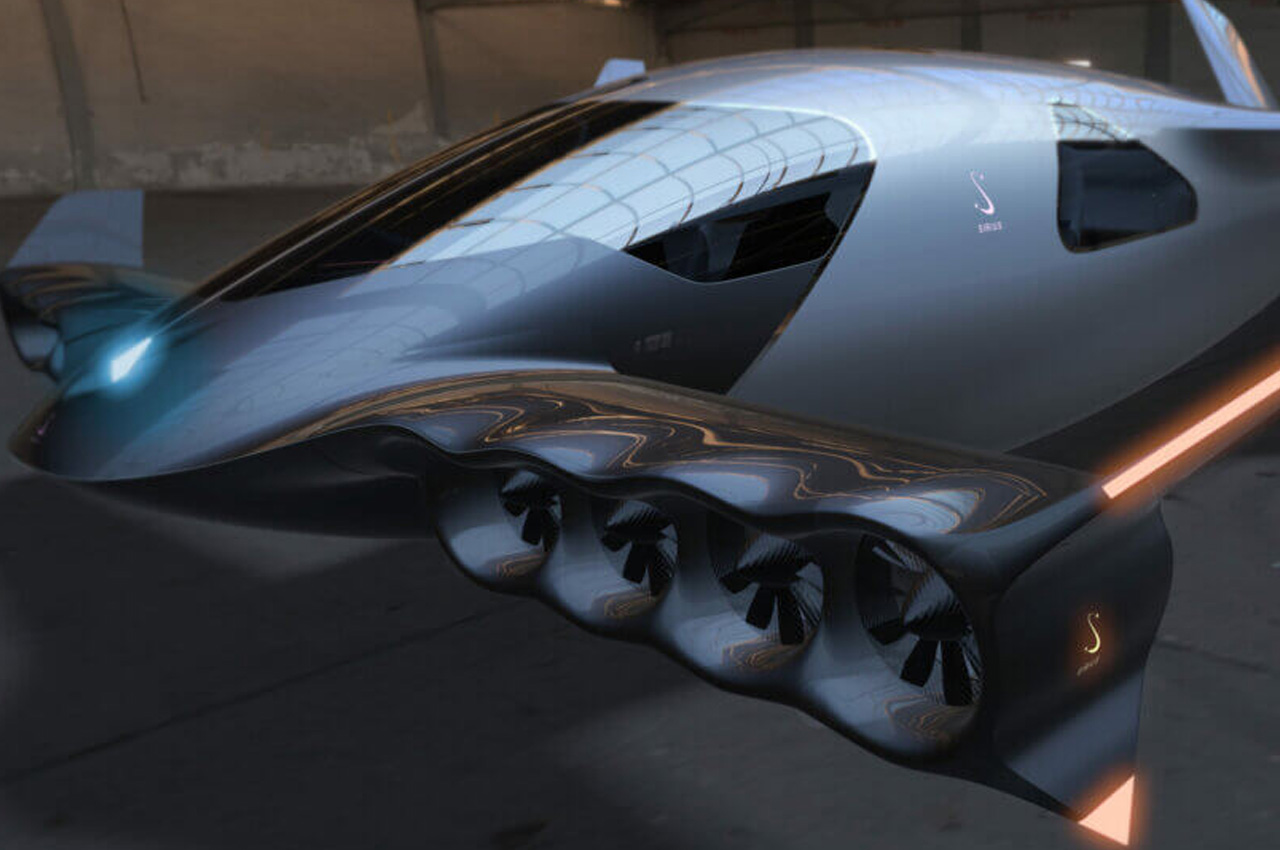
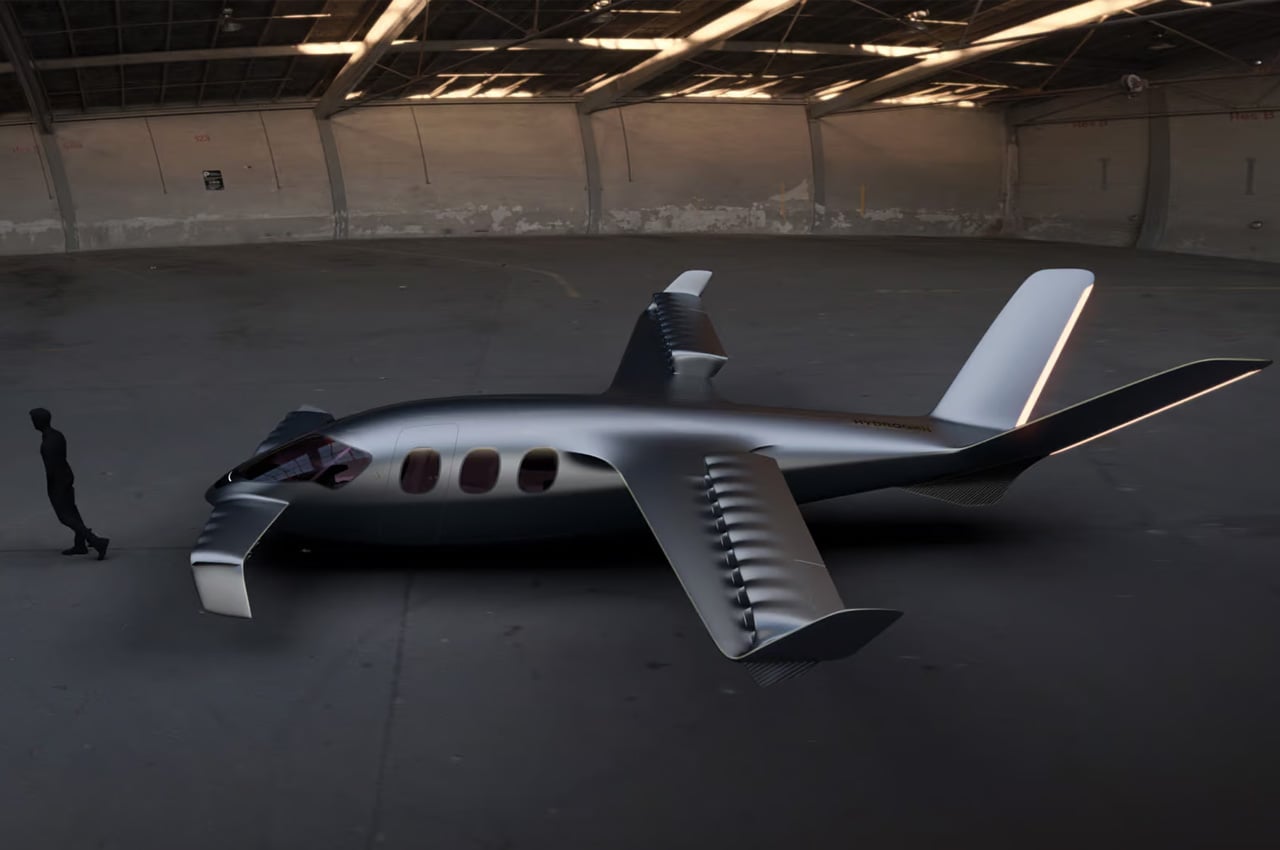
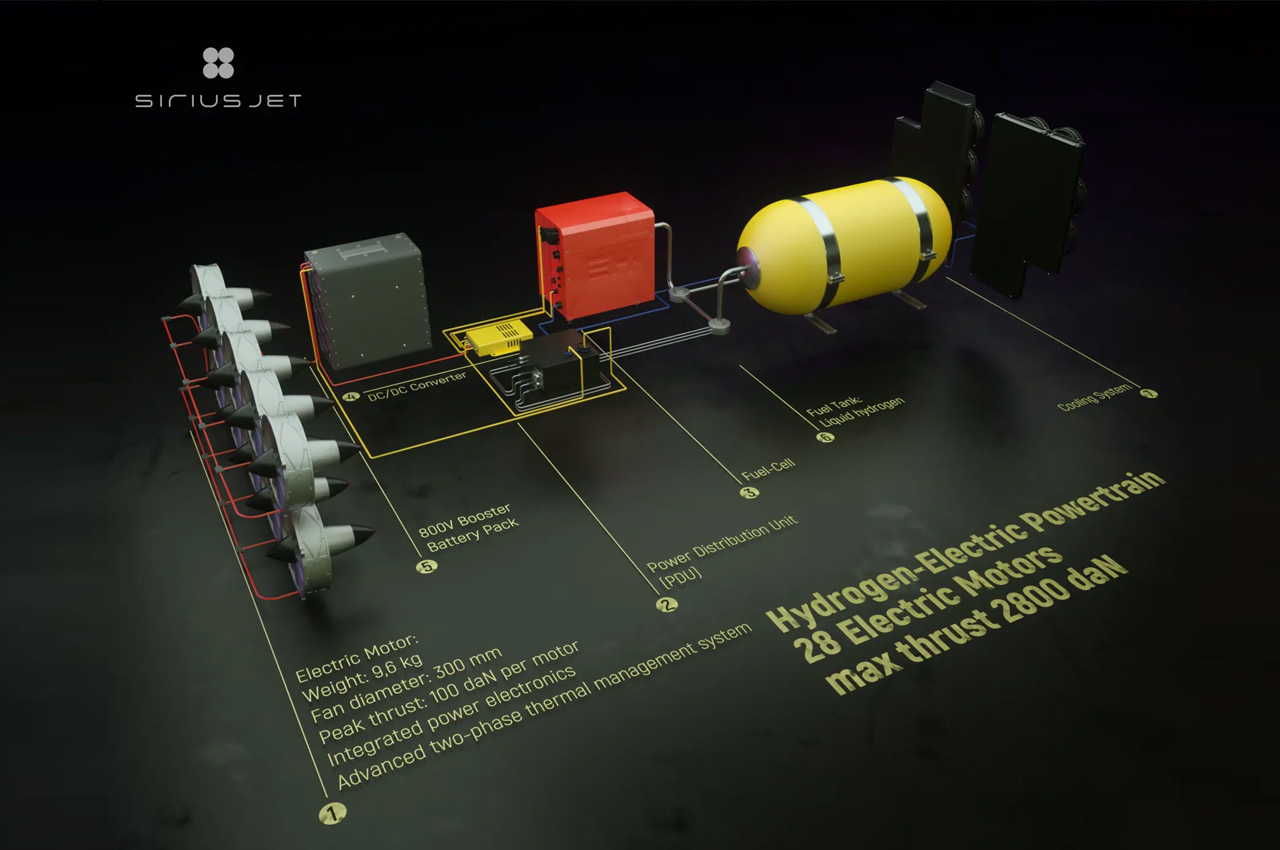
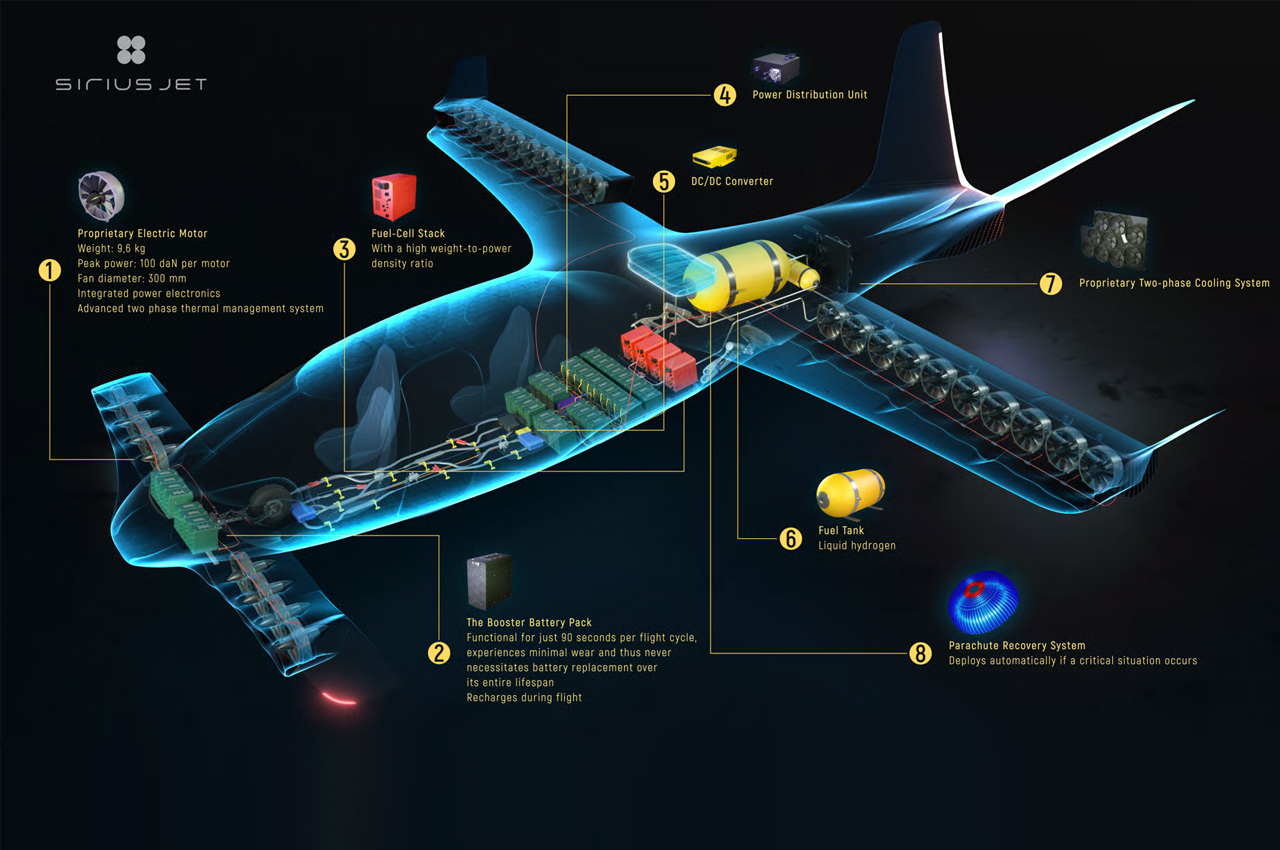
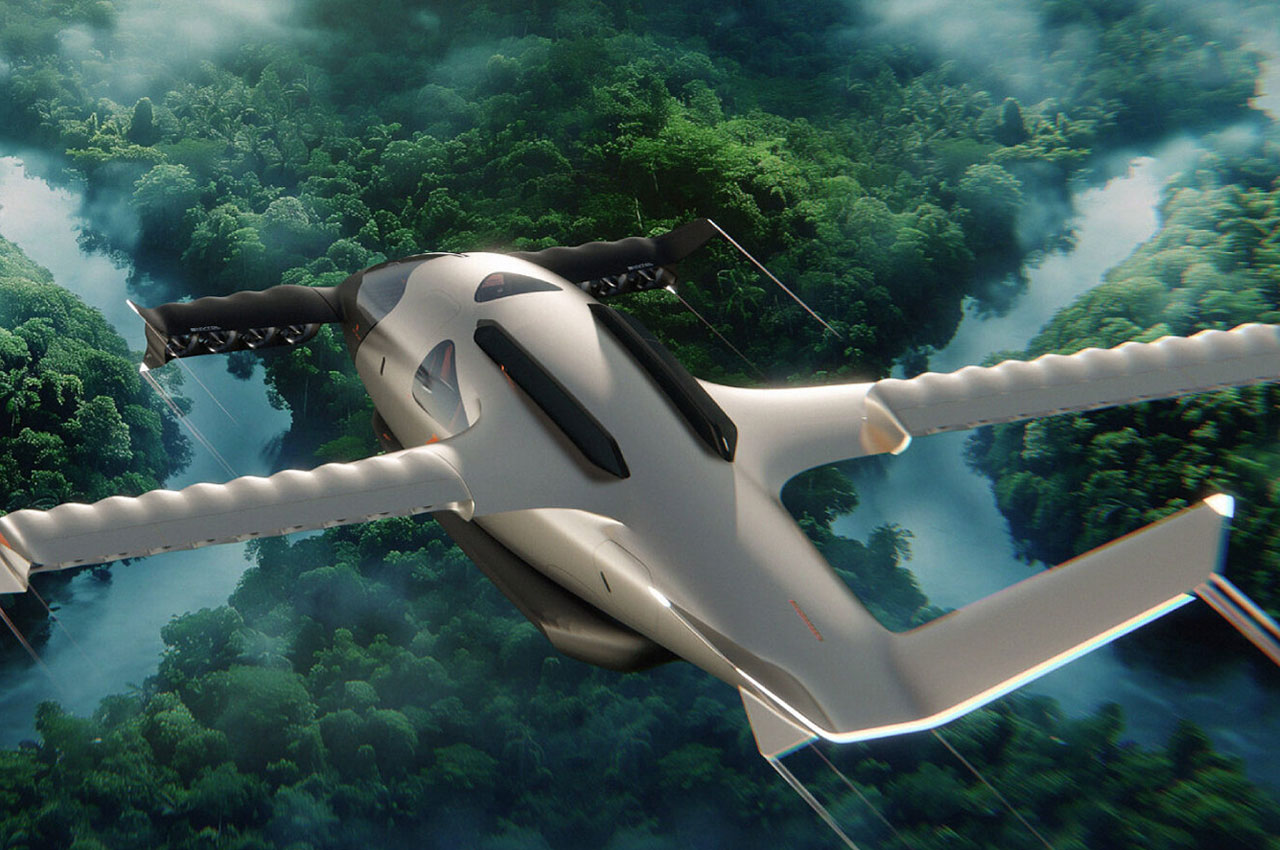
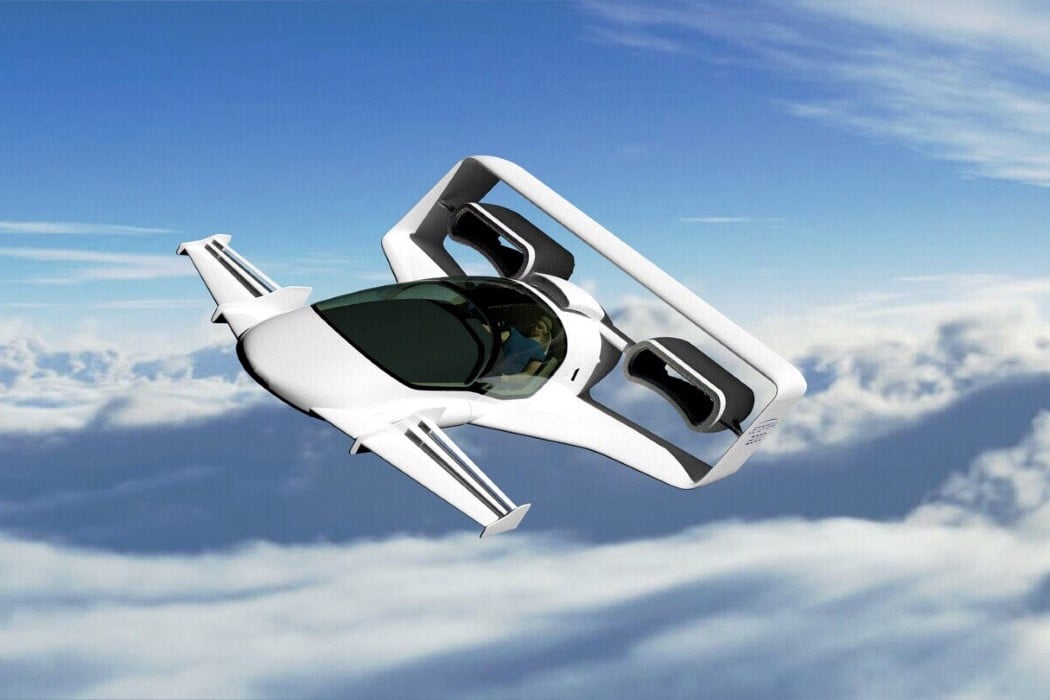
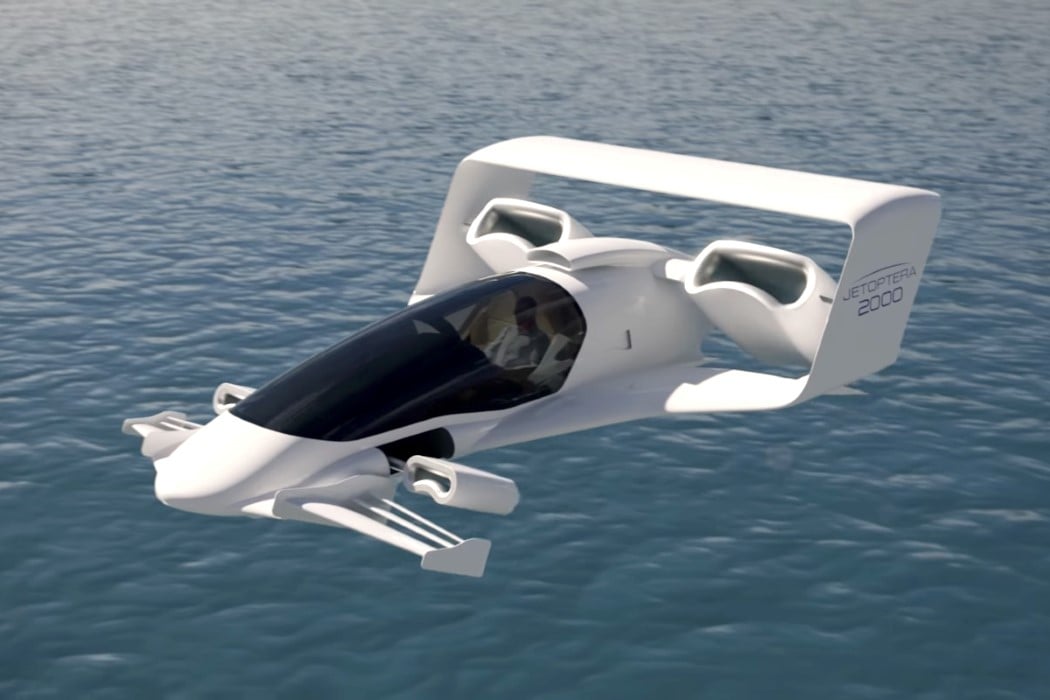
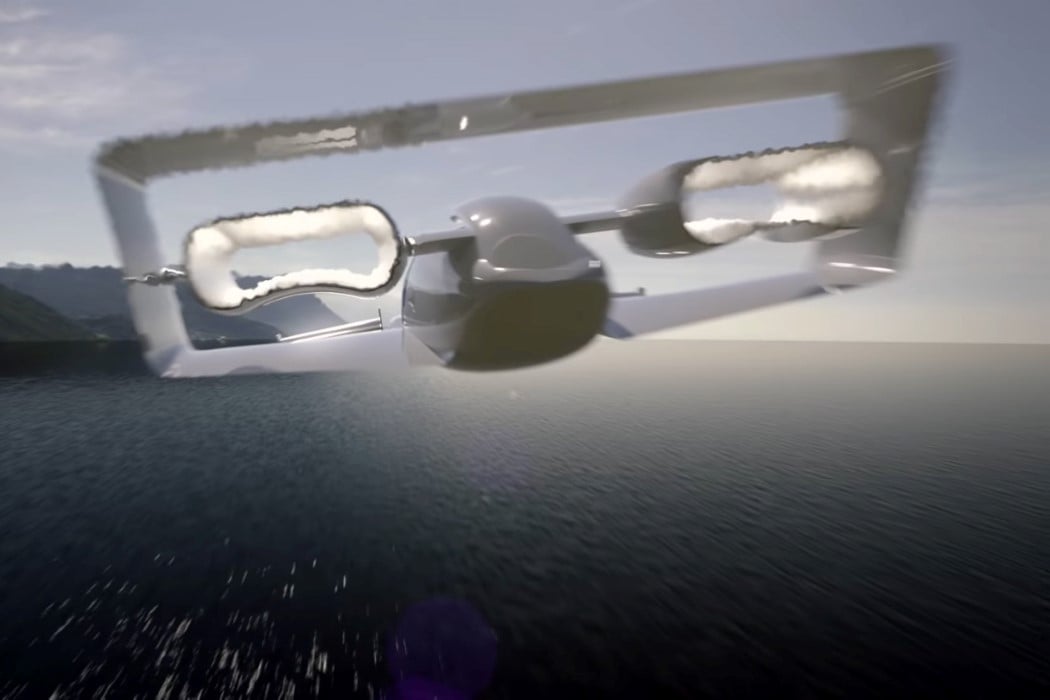
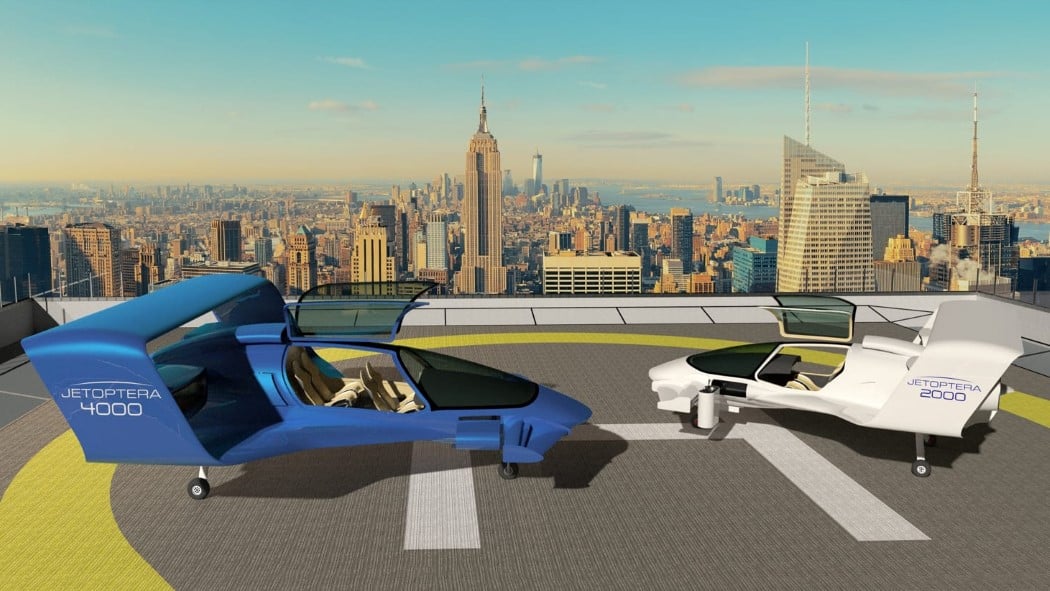
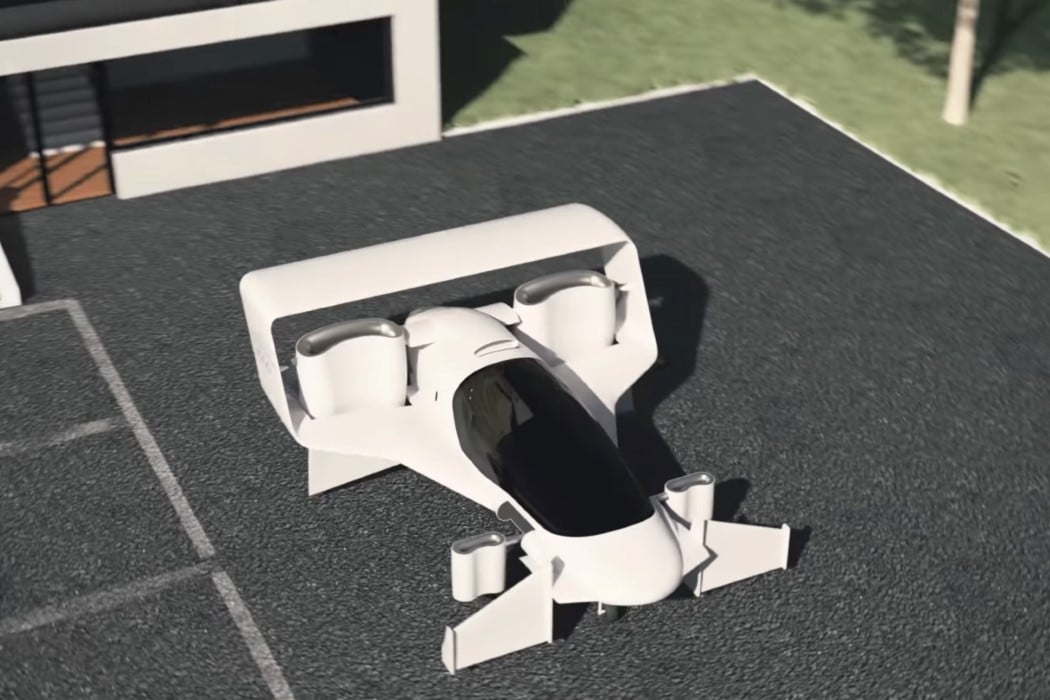
 A number of companies are building autonomous vertical takeoff and landing (VTOL) aircrafts -- like Uber's air taxi -- but the technology is very much a work in progress. Today, a company calling itself Skyryse is introducing some technology that mig...
A number of companies are building autonomous vertical takeoff and landing (VTOL) aircrafts -- like Uber's air taxi -- but the technology is very much a work in progress. Today, a company calling itself Skyryse is introducing some technology that mig...
 While Volocopter's been busy working on its air taxis, it's also preparing to enter the utility drone market using a similar design. Much like the company's experimental 2X and upcoming VoloCity, the aptly-named VoloDrone announced today is yet anoth...
While Volocopter's been busy working on its air taxis, it's also preparing to enter the utility drone market using a similar design. Much like the company's experimental 2X and upcoming VoloCity, the aptly-named VoloDrone announced today is yet anoth...
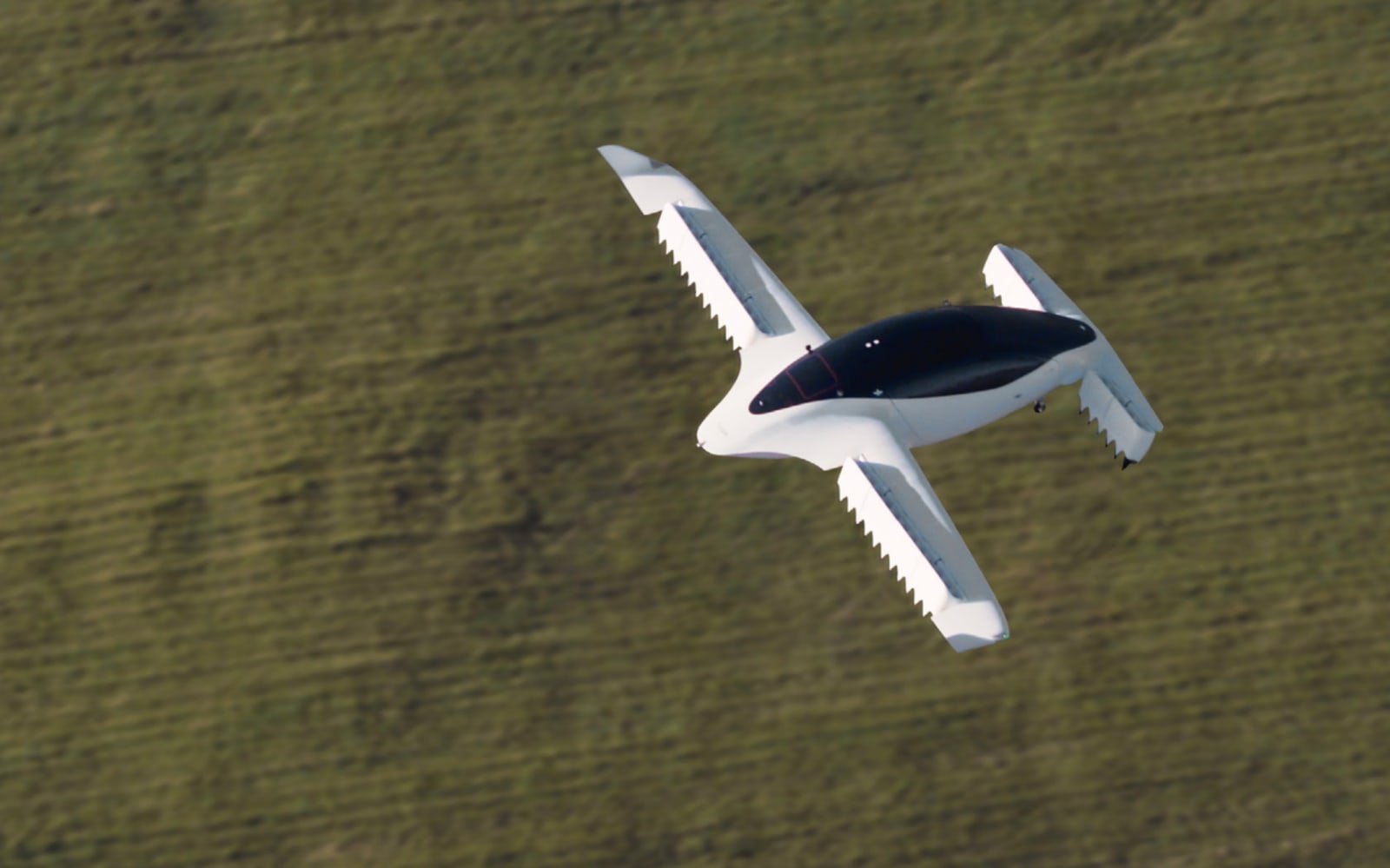 Flying taxi startup Lilium has completed its first phase of flight testing. Its Lilium Jet is now flying at speeds over 100 kilometers per hour. Today, the company shared new flight footage and announced that it has completed its first dedicated manu...
Flying taxi startup Lilium has completed its first phase of flight testing. Its Lilium Jet is now flying at speeds over 100 kilometers per hour. Today, the company shared new flight footage and announced that it has completed its first dedicated manu...
 As the field of players in "urban air mobility" (read: flying cars) get more crowded every day, the Larry Page-backed effort Kitty Hawk is trying a different approach with its latest vehicle: it's very quiet. Dubbed Project Heaviside, it's all-electr...
As the field of players in "urban air mobility" (read: flying cars) get more crowded every day, the Larry Page-backed effort Kitty Hawk is trying a different approach with its latest vehicle: it's very quiet. Dubbed Project Heaviside, it's all-electr...
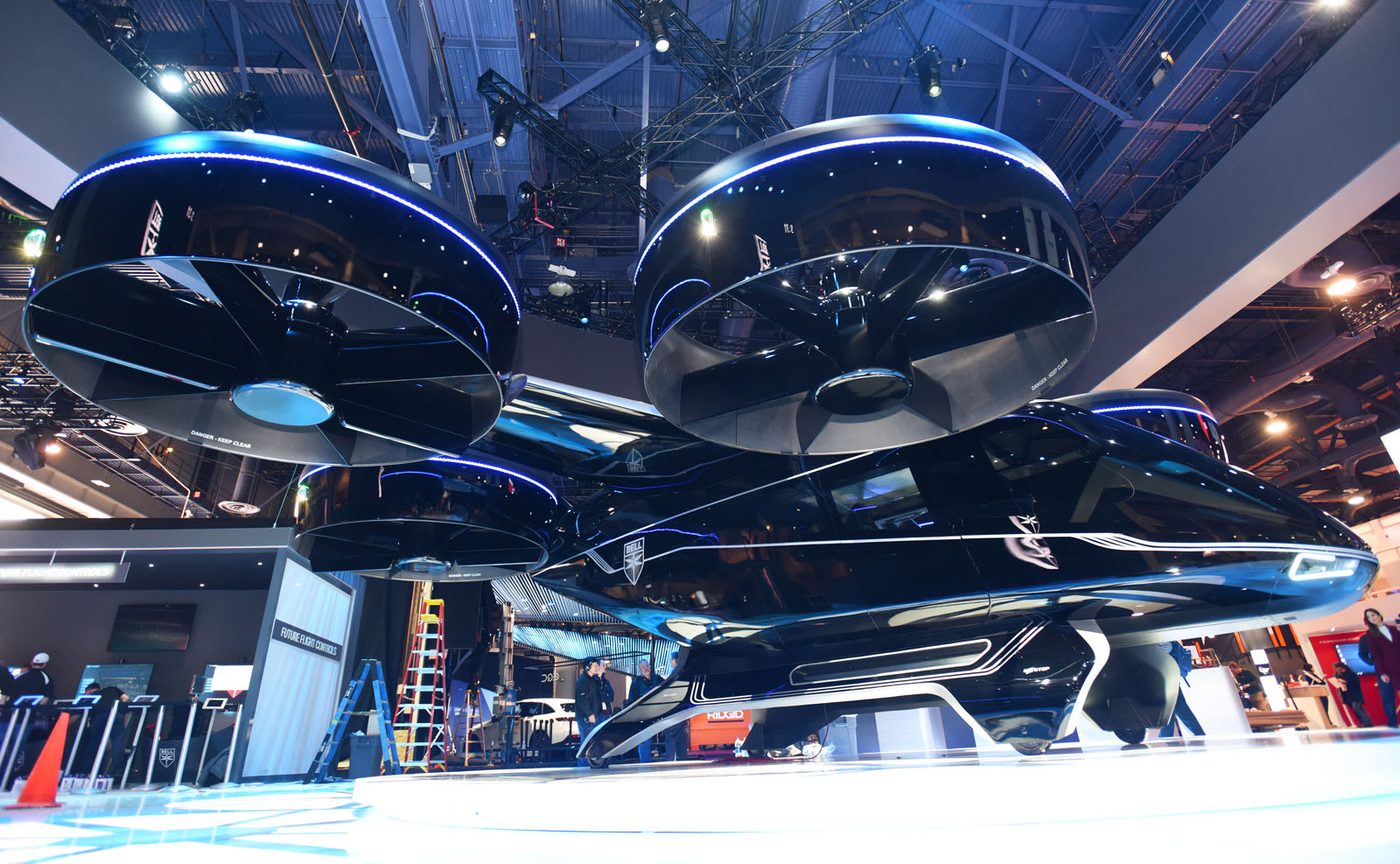 "Mark my words. A combination of airplane and motorcar is coming. You may smile. But it will come," Henry Ford quipped in 1940. Our dreams of cars capable of taking flight at the whim of their driver have been around nearly as long as we've had cars...
"Mark my words. A combination of airplane and motorcar is coming. You may smile. But it will come," Henry Ford quipped in 1940. Our dreams of cars capable of taking flight at the whim of their driver have been around nearly as long as we've had cars...